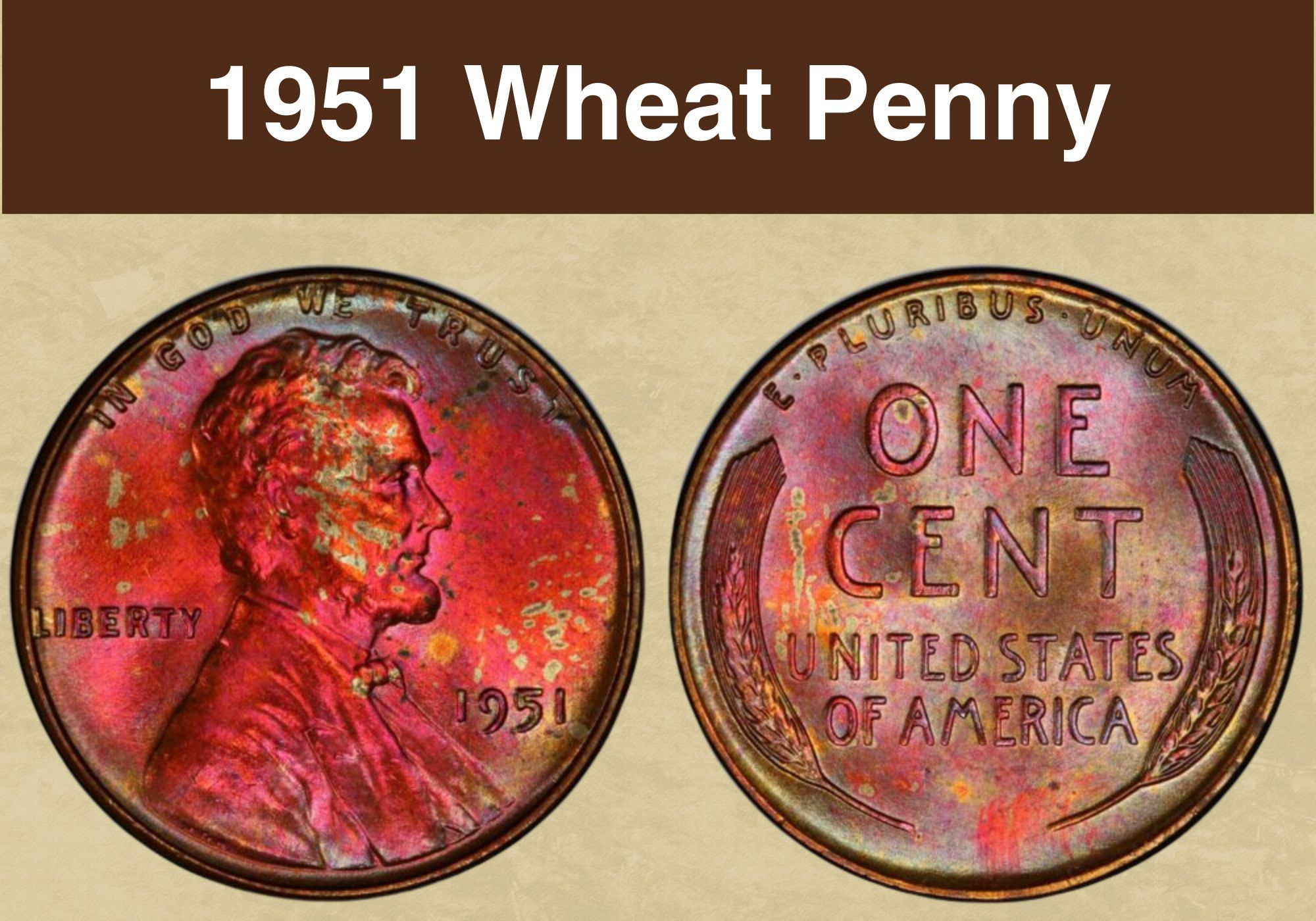
Coin Value Contents Table
- 1951 Wheat Penny Value Chart
- History of the 1951 Wheat Penny
- Features of the 1951 Wheat Penny
- 1951 Penny Grading
- 1951 Wheat Penny Value Guides
- 1951 No Mint Mark Wheat Penny Value
- 1951 D Wheat Penny Value
- 1951 S Wheat Penny Value
- 1951 (P) Proof Wheat Penny Value
- Rare 1951 Wheat Penny Errors List
- Where to Sell Your 1951 penny ?
- FAQs
Do you have a penny dating back to 1951? Or perhaps you want to add one to your collection?
Either way, you’ll want to know what it’s worth. And we’re here to give you all the information you need.
We’re going to investigate the 1951 Wheat penny value. We’ll look at what separates an ordinary coin from something special. And we’ll search out some of the interesting error coins that are out there.
So if you’re ready to learn more, step this way!
1951 Wheat Penny Value Chart |
||||
| Mint mark | MS60 | MS63 | MS65 | MS67 |
| 1951 (P) Red No Mint Mark Wheat Penny Value | $4 | $10 | $28 | $1,250 |
| 1951 D Red Wheat Penny Value | $2 | $8 | $22 | $225 |
| 1951 S Red Wheat Penny Value | $3 | $8 | $24 | $325 |
| PR60 | PR63 | PR65 | PR68 | |
| 1951 (P) Proof Wheat Penny Value | Red and brown: $24
Red: $30 Cameo: $30 |
Red and brown: $38
Red: $38 Cameo: $90 |
Red and brown: $60
Red: $85 Cameo: $250 |
Red: $1,850
Cameo: $12,500 |
History of the 1951 Wheat Penny
You may also hear the 1951 Wheat penny referred to as a Lincoln cent. That’s because of the image on its obverse (the “heads” side), which shows a portrait of President Abraham Lincoln.
The term Wheat penny comes from the design on the reverse. This shows two stylized ears of durum wheat. And it was used for Lincoln pennies between their launch in 1909 and 1958.
The Lincoln penny had originally been issued to commemorate 100 years since Lincoln’s birth. In 1959, the 150-year anniversary was marked with a new reverse design, depicting the Lincoln Memorial in Washington DC.
The Lincoln cent marked an important moment in US coinage. It was the first time a real person had ever been represented on a coin. Before that, it was thought that the idea savored of monarchy.
It’s also been a remarkably successful coin. While the design for the reverse has changed several further times since 1959, Lincoln pennies are still being produced today.
Also read: 12 Most Valuable Lincoln Penny Worth Money
Features of the 1951 Wheat Penny
The Obverse of the 1951 Wheat Penny
The obverse of the 1951 Wheat penny shows President Abraham Lincoln. He appears in profile, facing to the right as the coin is viewed.
The portrait was commissioned from an artist named Victor David Brenner. It’s unclear how he was chosen, but it seems likely that President Theodore Roosevelt was involved. Roosevelt strongly supported the idea of a Lincoln coin, and he had sat for Brenner himself.
The first Wheat pennies had Brenner’s initials on the reverse. But some felt that they were too bold, and that the artist was effectively advertising his work. The furore was such that coin production was halted, and it was decided to remove Brenner’s initials altogether.
They were not reinstated for another nine years. But from 1918 onwards, they appeared on the obverse – which is where you’ll find them on the 1951 Wheat penny. You’ll need to look closely to spot them: they’re tucked away discreetly at the bottom of Lincoln’s shoulder.
The words “IN GOD WE TRUST” are inscribed above the portrait, while the word “LIBERTY” is to the left. The date appears further down on the right.
If your 1951 penny was struck in Philadelphia, it won’t have a mint mark. But if it was struck in Denver, there’ll be a “D”, or in San Francisco an “S”. Look for the letter just above the date.
The Reverse of the 1951 Wheat Penny
It’s the design on the reverse that gives the Wheat penny its nickname. It shows two ears of wheat curving up the sides of the coin. And like the obverse, it’s the work of Victor David Brenner.
It wasn’t, however, his first proposal. That had been a design featuring the branch of a tree. But Mint officials spotted a resemblance to French coins of the same era, and sent him back to the drawing board. The ears of wheat were the result.
Their position is such that they frame the center of the coin, where the denomination appears in large lettering.
Above it, in smaller font, the Latin motto “E PLURIBUM UNUM” arches to follow the upper coin edge. It means “From the many, one” and refers to the birth of the nation as a union of states.
Below the denomination, the country name is inscribed over two horizontal lines.
Other Features of the 1951 Wheat Penny
Like all other Wheat pennies, those struck in 1951 measure 19 millimeters across and weigh 3.11 grams. Turn them on their side, and you’ll see that they have a plain edge.
They’re made of 95 per cent copper, which means that individual coins vary in color. Those that have been handled only rarely will be a warm red shade. But if they’ve been exposed to oxygen in the air, that color will turn to brown.
All other things being equal, collectors will pay more for red coins than red and brown ones. And they’ll pay more for red and brown coins than brown ones.
There is a strict criterion for color grading copper coins. Coins must be red over at least 95 per cent of their total surface area to be graded red. If they’re brown over the same proportion, they’re graded brown. And anything in between is red and brown.
Take a look at this YouTube video from CoinOpp to find out more about how to grade the color of Lincoln pennies.
Also read: 13 Most Valuable Wheat Penny Worth Money
1951 Penny Grading
| # | Grade |
|---|---|
| 1 | Basal State-1 |
| 2 | Fair |
| 3 | Very Fair |
| 4, 5, 6 | Good |
| 7, 8, 10 | Very Good |
| 12, 15 | Fine |
| 20, 30 | Very Fine |
| 40 | Extremely Fine |
| 50 | About Uncirculated |
| 60 | Mint State |
| 65 | Mint State |
| 70 | Mint State |
Please check our grading guides to know your coin scale, It’s the necessary step to know the exact value of your coin.
Check out now: How to Grade Lincoln Wheat Penny?
1951 Wheat Penny Value Guides
1951 No Mint Mark Wheat Penny Value
Vast numbers of pennies were struck in 1951. The Mint facility at Philadelphia produced almost 285 million business strike coins. If there’s no mint mark on the obverse (and if your coin isn’t a proof), your is one of them.
The large numbers mean that it’s not difficult to find coins in circulated condition. These are graded from 1 to 59+ on the coin grading scale. And unless they have an unusual Mint error, they’ll usually be worth only their face value.
Even in mint state (coins graded MS60 and above) brown or red and brown coins are inexpensive. But red coins in the finest grades can be considerably more valuable.
The independent coin graders the PCGS value a red 1951 Philadelphia penny at $4 at MS60. The value hits double figures at MS63. And at MS65 – the minimum grade for a coin to be termed a “gem” – the value is $28.
So far, so modest. But the very finest coins are streets ahead of the rest.
The PCGS has graded just 56 coins at MS67, and values each of those at $1,250. And the very finest to have been certified to date are six coins graded MS67+. They’re valued at an impressive $9,000 apiece.
1951 D Wheat Penny Value
The Denver Mint facility produced a breathtaking 625 million pennies in 1951. And today, the PCGS estimates that around 62 million brown pennies survive at all grades.
For red and brown pennies, that number is lower, at around 8,400. The number of red coins is about the same.
As with their Philadelphia counterparts, the ready availability of circulated coins means they’ll generally be worth no more than a few cents.
For red 1995 D pennies, values range from $2 at MS60 to $22 at MS65. They reach three figures at MS67 ($225).
And the finest coins to have so far come to light are two examples certified at MS68. Those are each valued at $8,500.
1951 S Wheat Penny Value
The number of Wheat pennies produced in San Francisco is somewhat lower than that from the other Mint facilities – a shade over 136 million. Survivors still number around 14 million, however, so an “S” mint mark doesn’t, on its own, indicate a rare coin.
As with Denver and San Francisco 1951 pennies, circulated coins will usually be worth only a cent. And a red mint state coin graded MS60 can be picked up for just a couple of dollars.
Gem quality coins start at around $24, rising to $34 at MS66 and $70 at MS66+.
Examples graded MS67 and above are harder to find, and prices rise accordingly. The PCGS values a red 1951 S penny at $325, and one graded MS67+ at $1,650.
Two coins have been certified at MS68, but there’s no public sales information on those, and the PCGS doesn’t provide an estimate for their value.
1951 (P) Proof Wheat Penny Value
In addition to the business strike coins produced for everyday use, the Philadelphia Mint facility struck proof coins. These were made using specially prepared dies and polished planchets, and they were aimed at coin collectors.
Just 57,500 coins were struck, and they can be sorted into four different categories. In rising order of desirability, they are red and brown, red, cameo, and deep cameo.
Cameo proofs are those with a pleasing contrast between reflective flat surfaces and frosted raised designs. If the contrast is especially strong, the coin will be designated a deep cameo.
Proofs were never intended for circulation, so condition generally starts at PR60. The value of a red and brown proof at that grade is $24. A red coin at the same level is worth around $30, and a cameo around $30.
You’ll need to pay significantly more for a gem example. A red and brown gem is worth around $60. That increases to $85 if it’s red, and $250 if it’s a cameo.
The finest 1951 proof pennies certified to date are graded MS68. There are no red and brown coins at that level, but a red one is worth around $1,850. And a cameo will have a price tag of around $12,500.
There are deep cameos amongst this mintage too, but they’re represented at only a few grades: PR66, PR66+ and PR67. At the lower end of that scale, a deep cameo will set you back around $4,500. And if you want the very finest PR67 example, its value is a staggering $40,000.
Also read: 17 Most Valuable Indian Head Penny Worth Money
Rare 1951 Wheat Penny Errors List
1951 (P) No Mint Mark Wheat Penny, Double Die Obverse
Double die errors occur as a result of a problem during the manufacture of the die used to impress the design on coins.
In 1951, the die had to be struck more than once with the hub in order to transfer every part of the coin design. If there was any movement during that process, the result would be double lines on part of the design. These would then be transferred to the coins struck by that particular die.
That exact error happened with one of the obverse dies used to strike regular pennies in Philadelphia in 1951.
The doubling is quite difficult to spot with the naked eye – a loupe or microscope will be helpful. Look for it on the letters “B”, “E”, “R”, “T”, and “Y” of “LIBERTY”.
A brown 1951 Philadelphia penny with this error is worth about $25 at XF45, $30 at MS60, and $45 at MS65. For red and brown coins, the value is $50 at MS63, rising to $125 at MS65. And for red examples, the range is from $60 at MS63 to $200 at MS65.
1951 (P) No Mint Mark Proof Penny, Double Die Obverse
The same kind of error also occurred with one of the dies used to strike proof pennies in 1951. This is particularly unusual, because of the stringent process used to craft proof coins.
Examples can be picked up in lower uncirculated grades without spending too much money. A proof graded PR60 red with the double die obverse is worth around $37, rising to $50 at PR62 and $100 at PR64. Cameos with the error start at $55 at PR60.
But higher quality examples are very expensive. At PR67, a red proof with the double die obverse is valued by the PCGS at $450.
To date, no deep cameos with this error have come to light. But the value of cameos jumps from $850 at PR65+ to $1,800 at PR66, and prices rise rapidly from there.
The finest examples to have been certified by the PCGS are two coins graded PR67+. And those are valued at $14,250 apiece.
This YouTube video from Treasure Town provides more information on the errors and varieties to be found amongst 1951 Wheat pennies.
Also read: 11 Most Valuable Wheat Penny Errors
Where to Sell Your 1951 penny ?
Now that you know the value of your coins, do you know where to sell those coins online easily? Don’t worry, I’ve compiled a list of these sites, including their introduction, pros, and cons.
Check out now: Best Places To Sell Coins Online (Pros & Cons)
FAQs
Is a 1951 penny worth anything?
Most coins in circulated condition will be worth no more than a few cents. But if your coin has an interesting error, like doubling on parts of the design, it can be worth more.
The highest prices, whether for normal or error coins, are for the coins in the best condition. Those have never been circulated, so you won’t find them in your pocket change. The very finest examples can be worth thousands of dollars.
How rare is a 1951 D penny?
Pennies marked with a “D” came from the Mint facility in Denver. That produced more pennies that year than anywhere else – over 625 million. So a “D” mint mark doesn’t, on its own, make a 1951 penny rare.

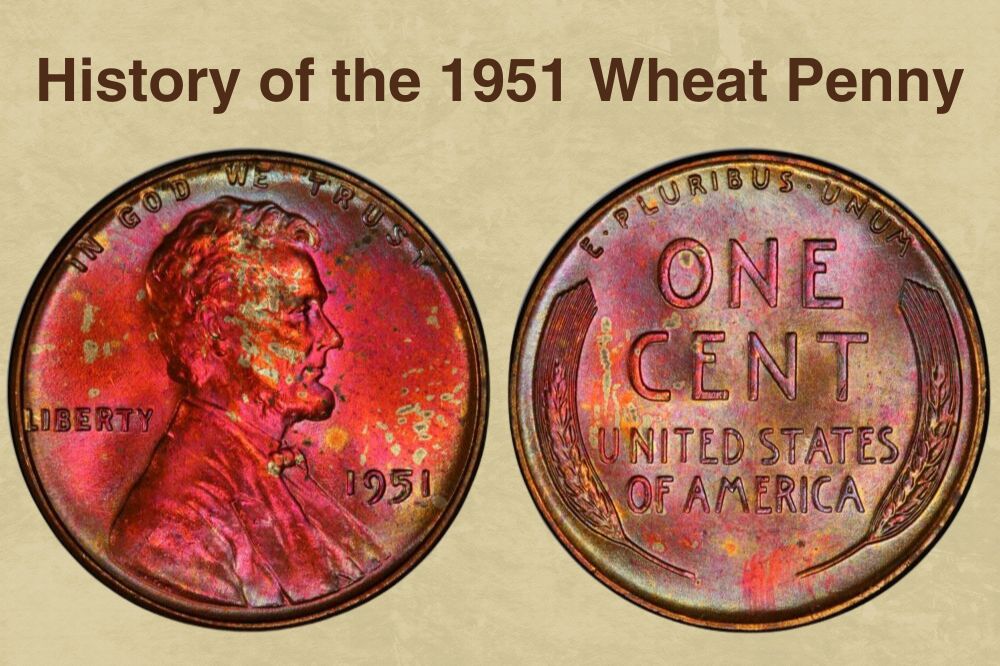
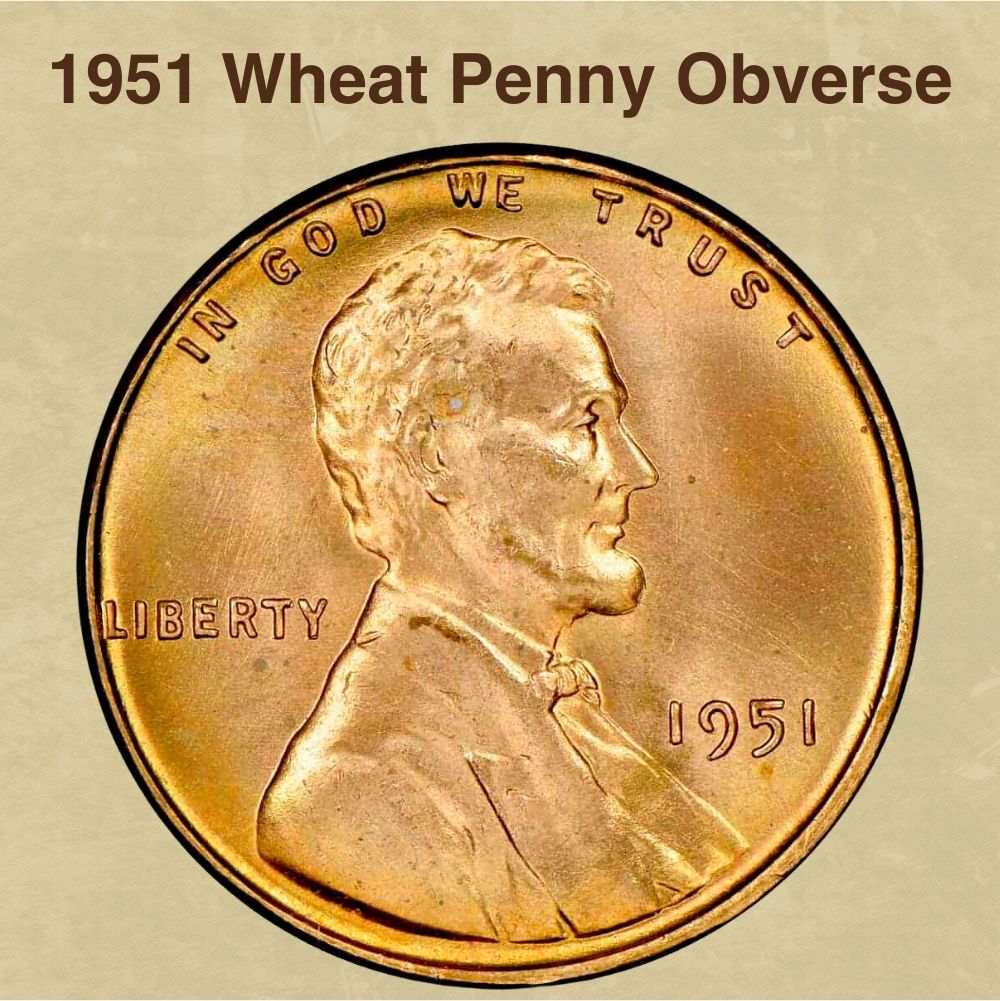
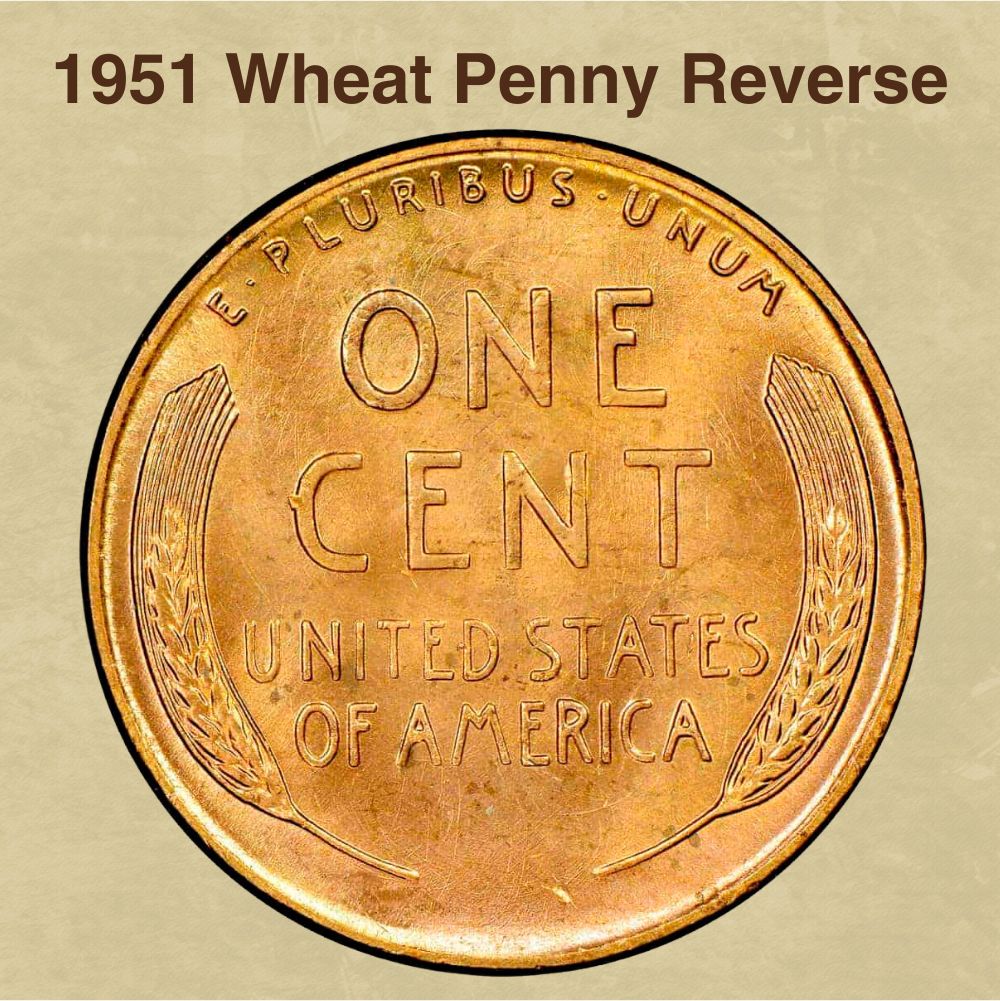
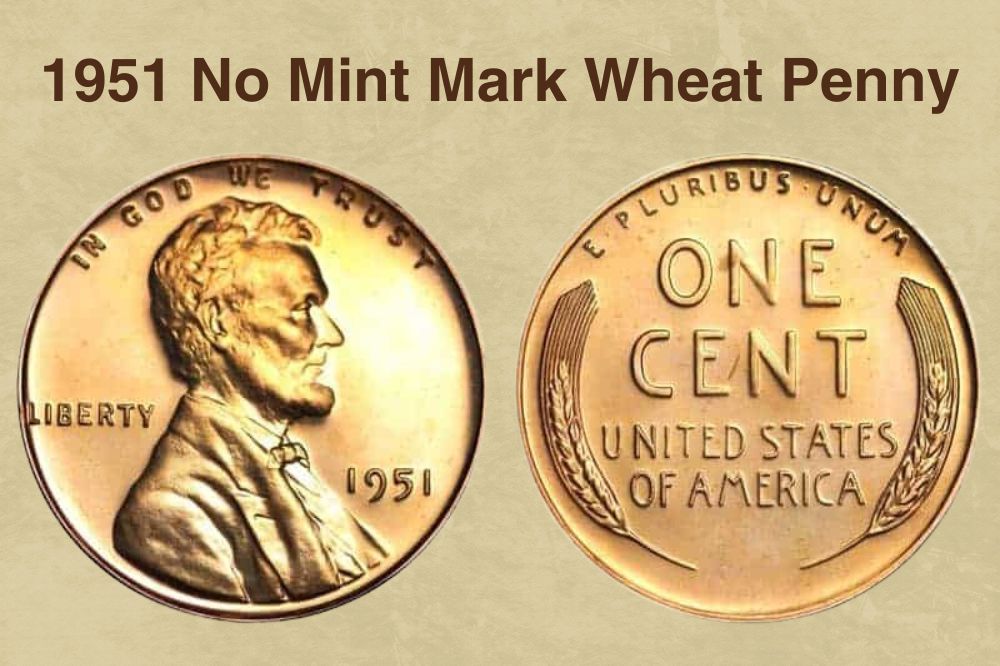
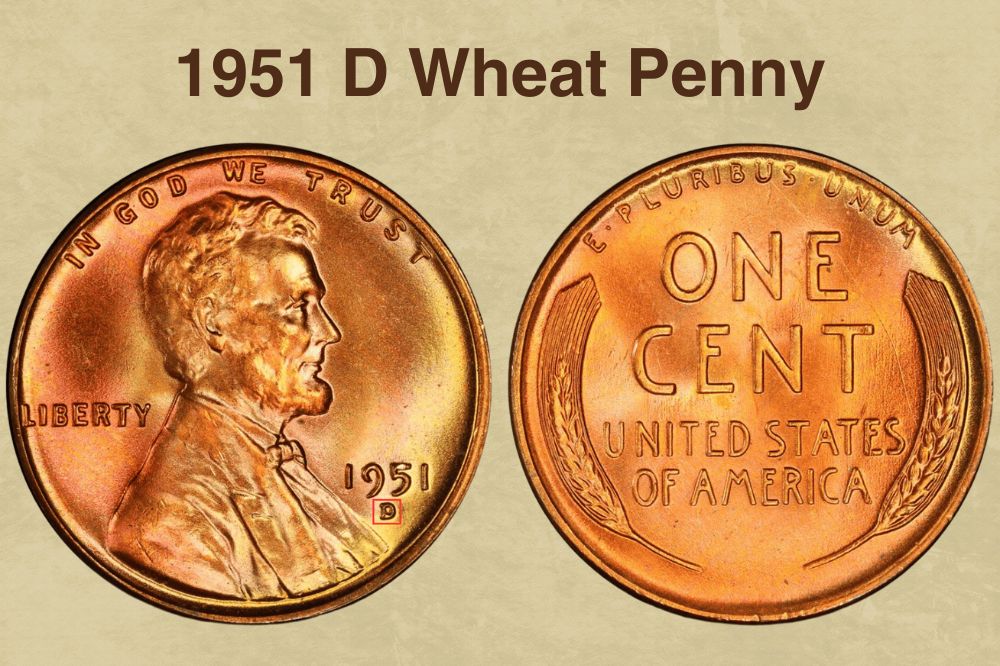
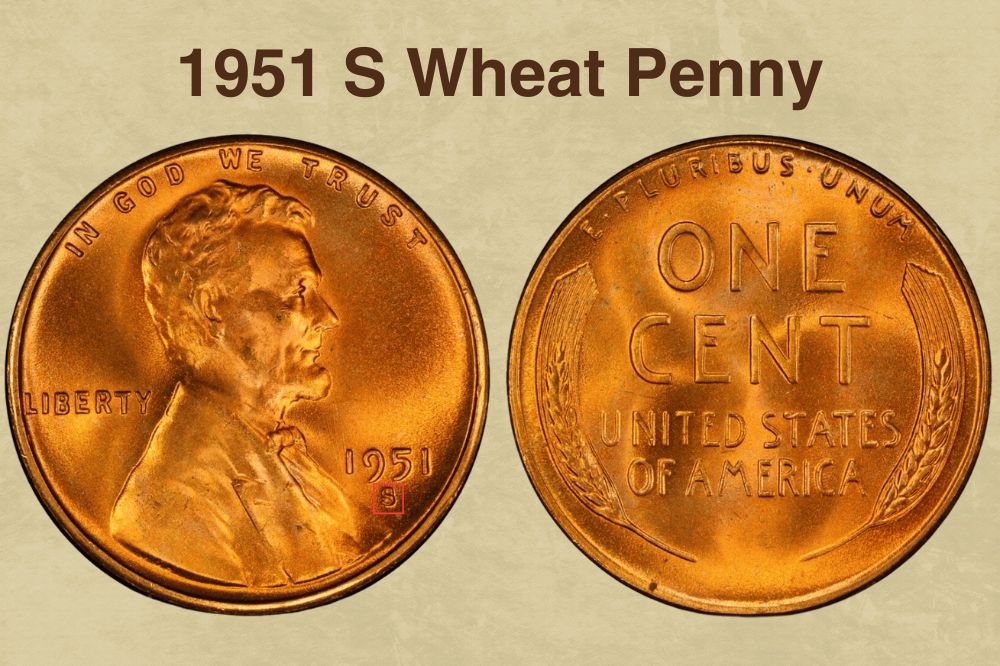
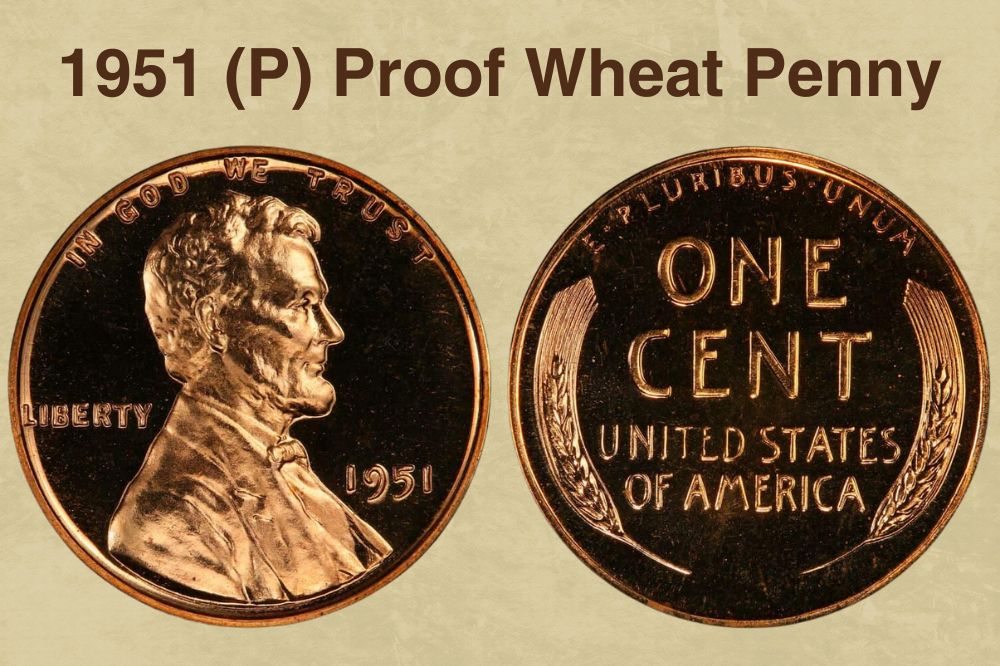
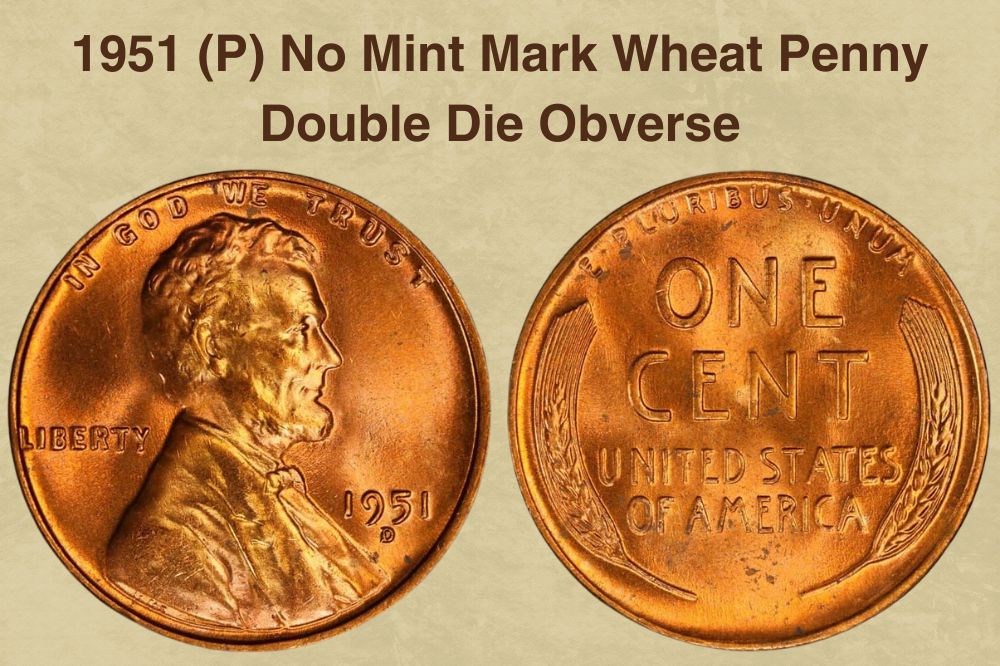
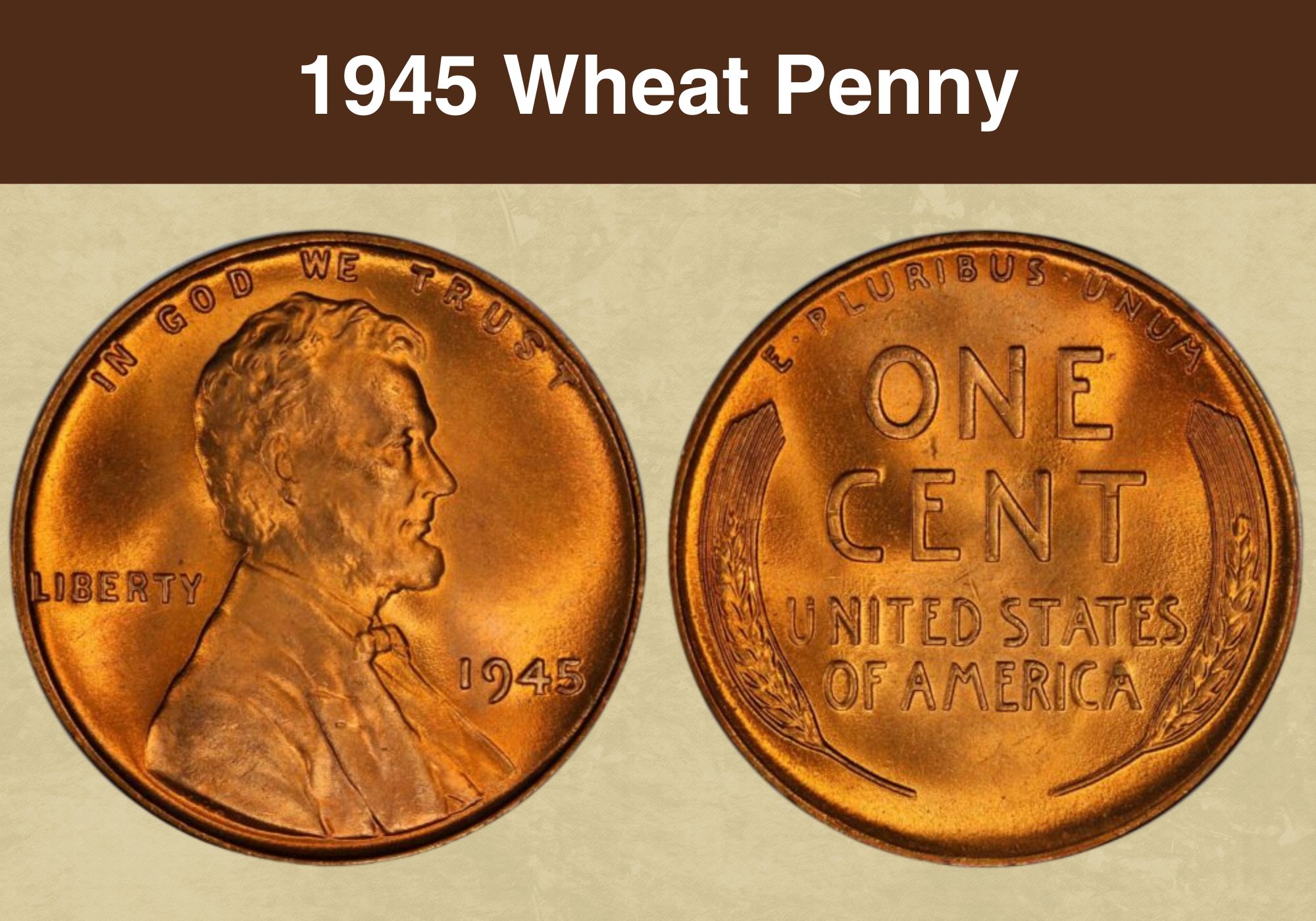
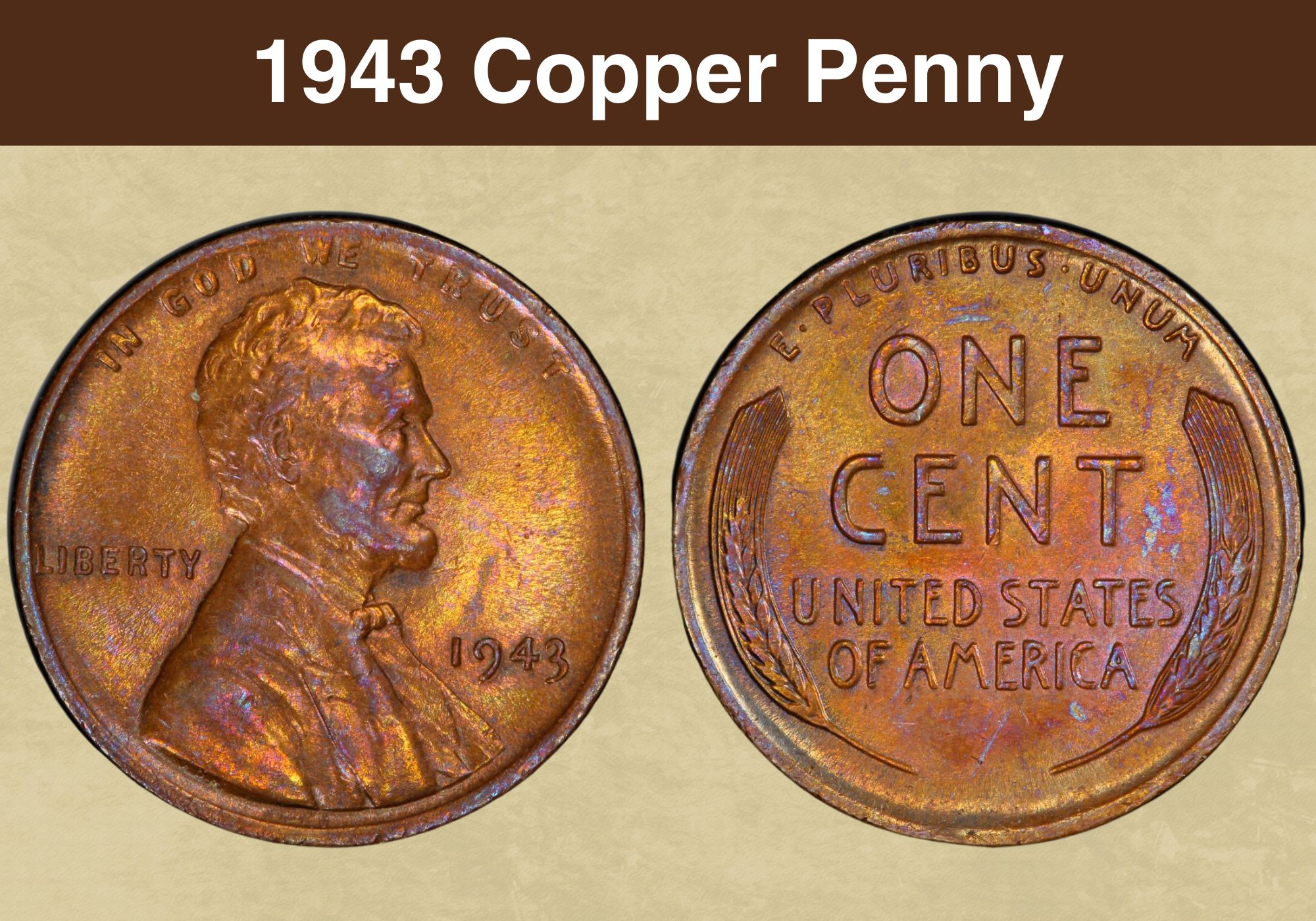
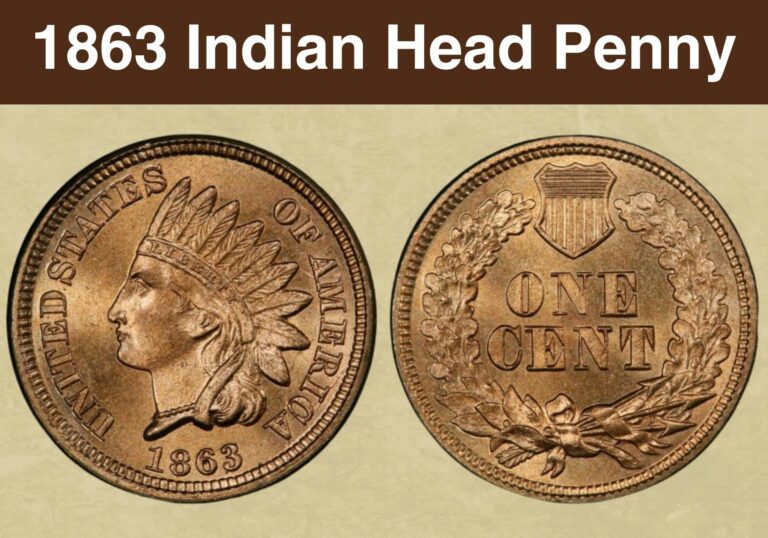
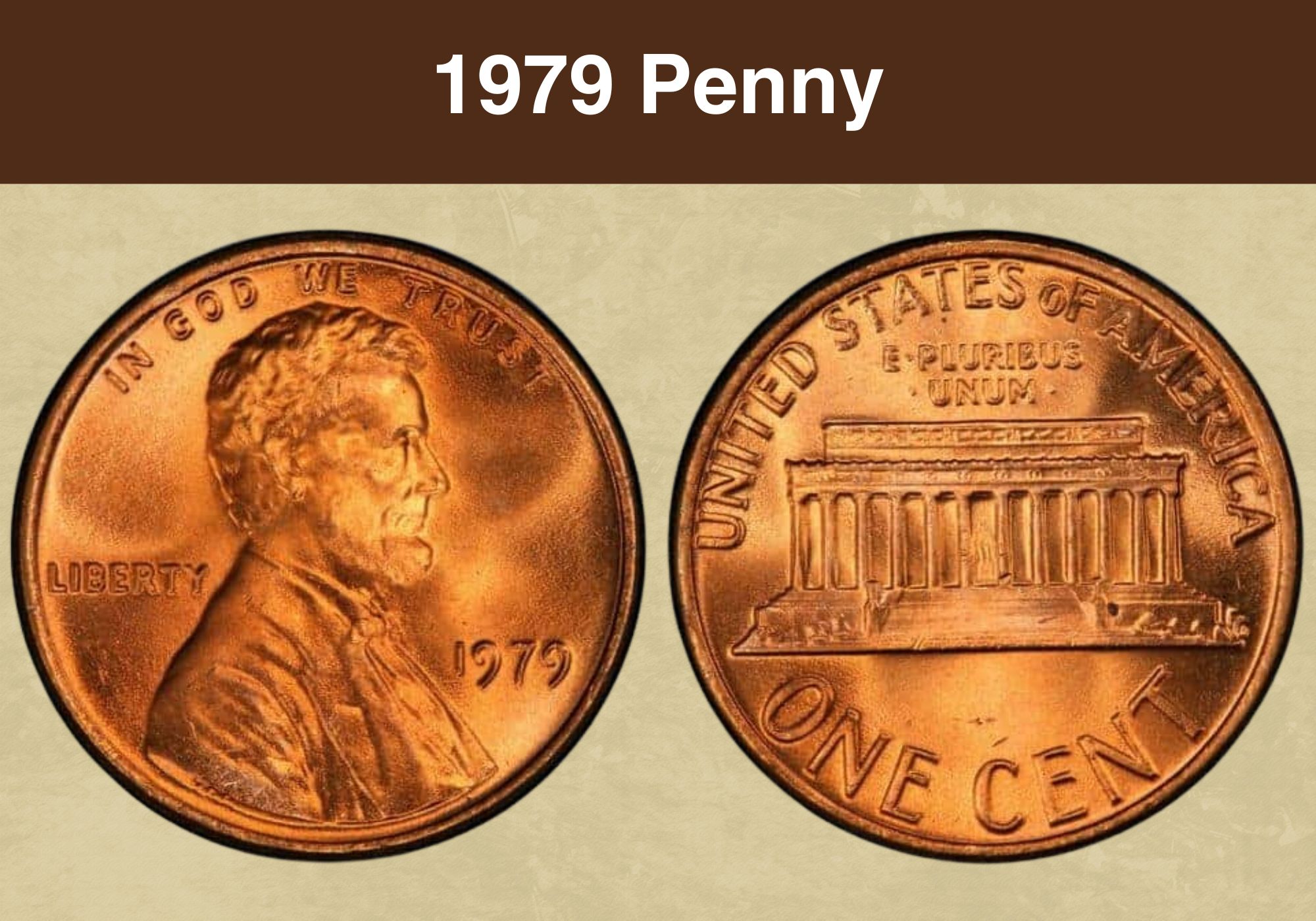
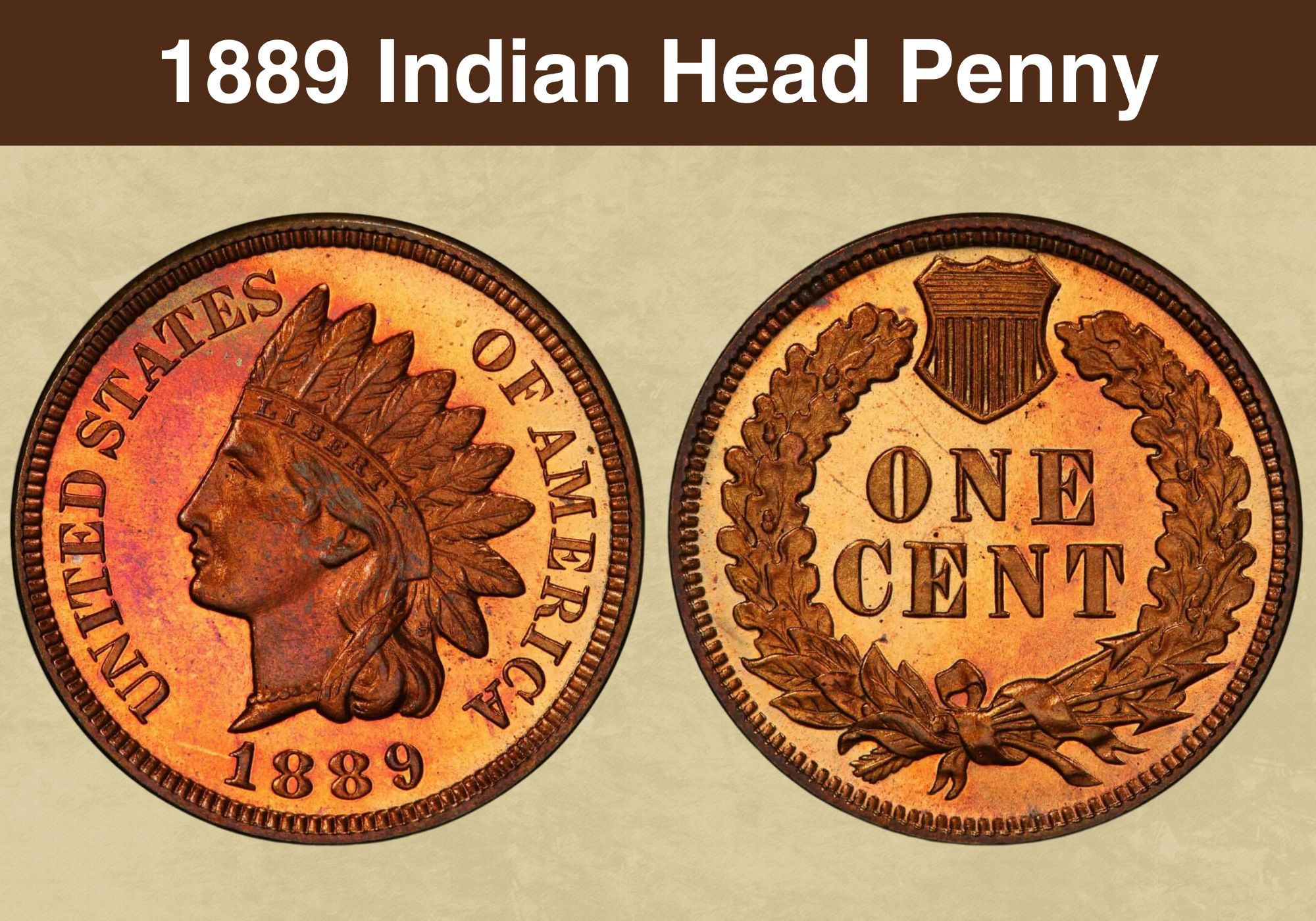
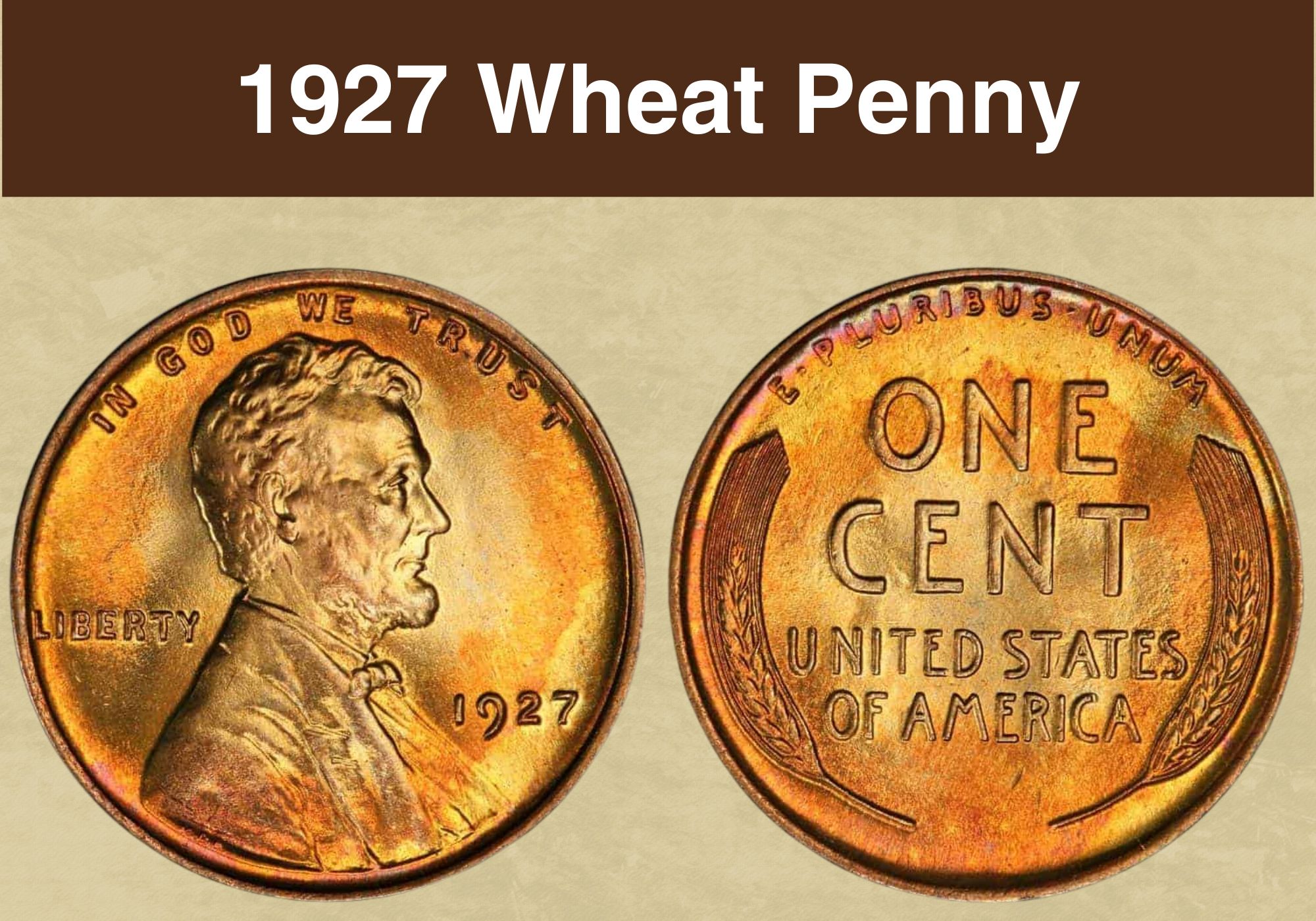
I have a red 1951 d penny i habe few of old dates a d errors like 1943 steel no mint penny